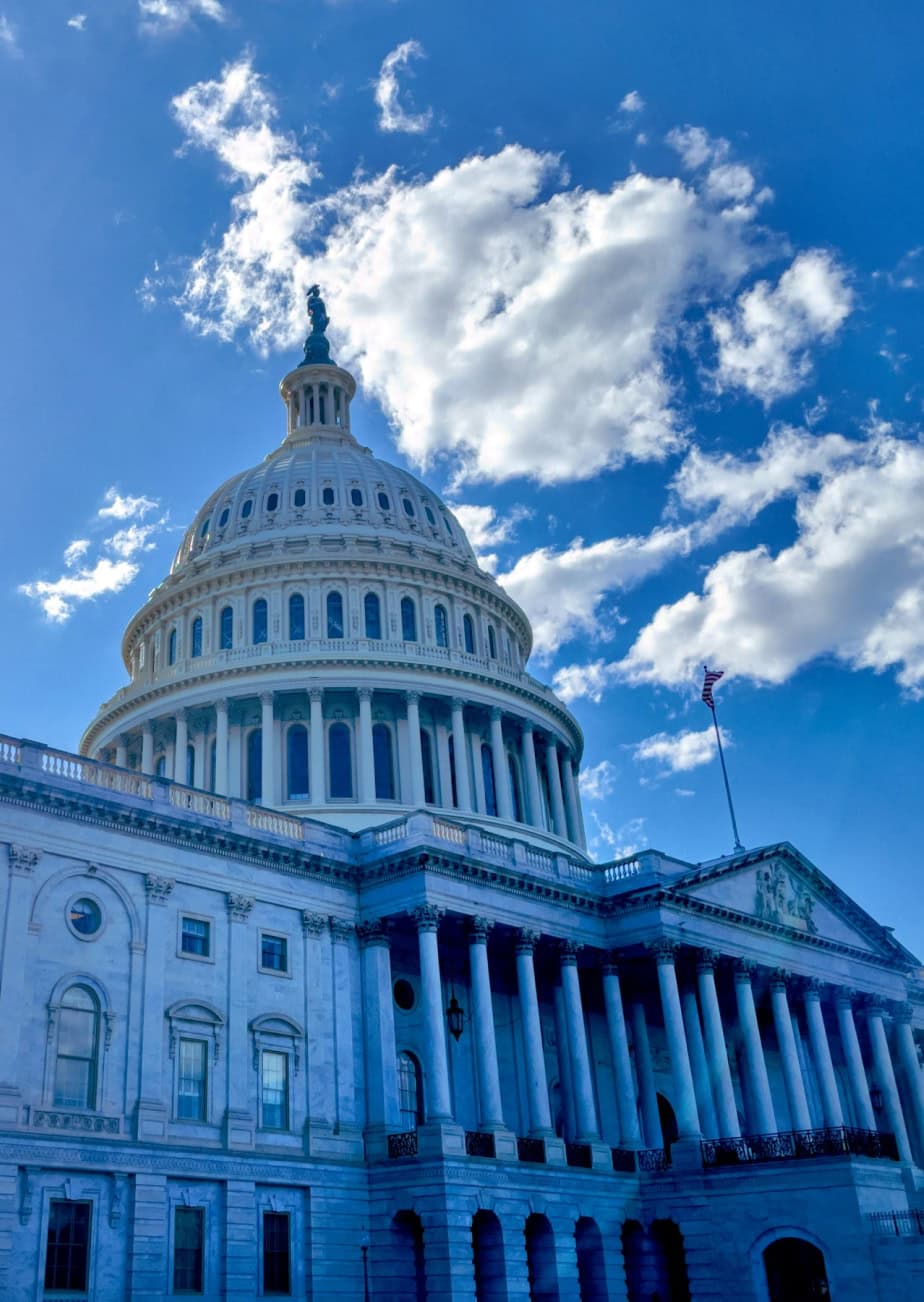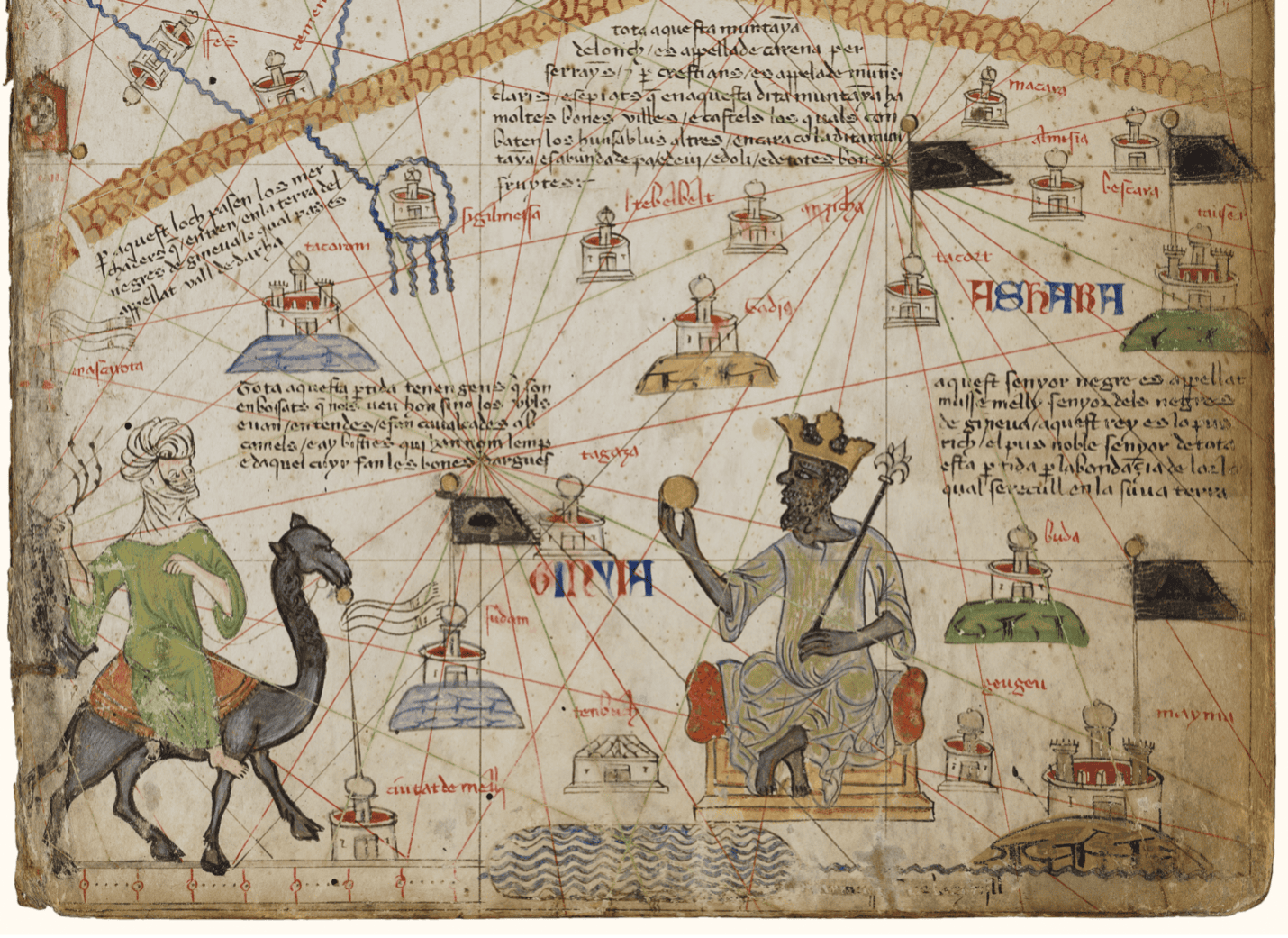By J. David Hoeveler
University of Wisconsin–Milwaukee
Project Summary
Two different programs constitute this project. The first belongs to the Wisconsin effort pertaining to the United States history survey courses. Mine dealt with the 19th century specifically. I have had the interests of teachers in mind in preparing the website reviews, in each case giving a summary of the site and its possible uses for student assignments or projects in the survey classes. The second program is different in nature. It deals with American religious history from the Reformation background through the Civil War. It is a presentation of historical images. I have endeavored to make it a useful supplement to classroom studies of American religion, illustrating above all the rich varieties of religious groups, ideas, and leadership that describe that history.
Biography
J. David Hoeveler is professor of history at the University of Wisconsin–Milwaukee. Among other courses he teaches both sections of the introductory courses in United States history. He is the author of The New Humanism: A Critique of Modern America, 1900-1940 (1977), James McCosh and the Scottish Intellectual Tradition: from Glasgow to Princeton (1981), Watch on the Right: Conservative Intellectuals in the Reagan Era (1992), and The Postmodernist Turn: American Thought and Culture in the 1970s (1996). His book The American Colonial Colleges: Intellect and Politics, will be published in 2001.
Related Resources

April 1, 2025
History of Deportation

September 7, 2024
